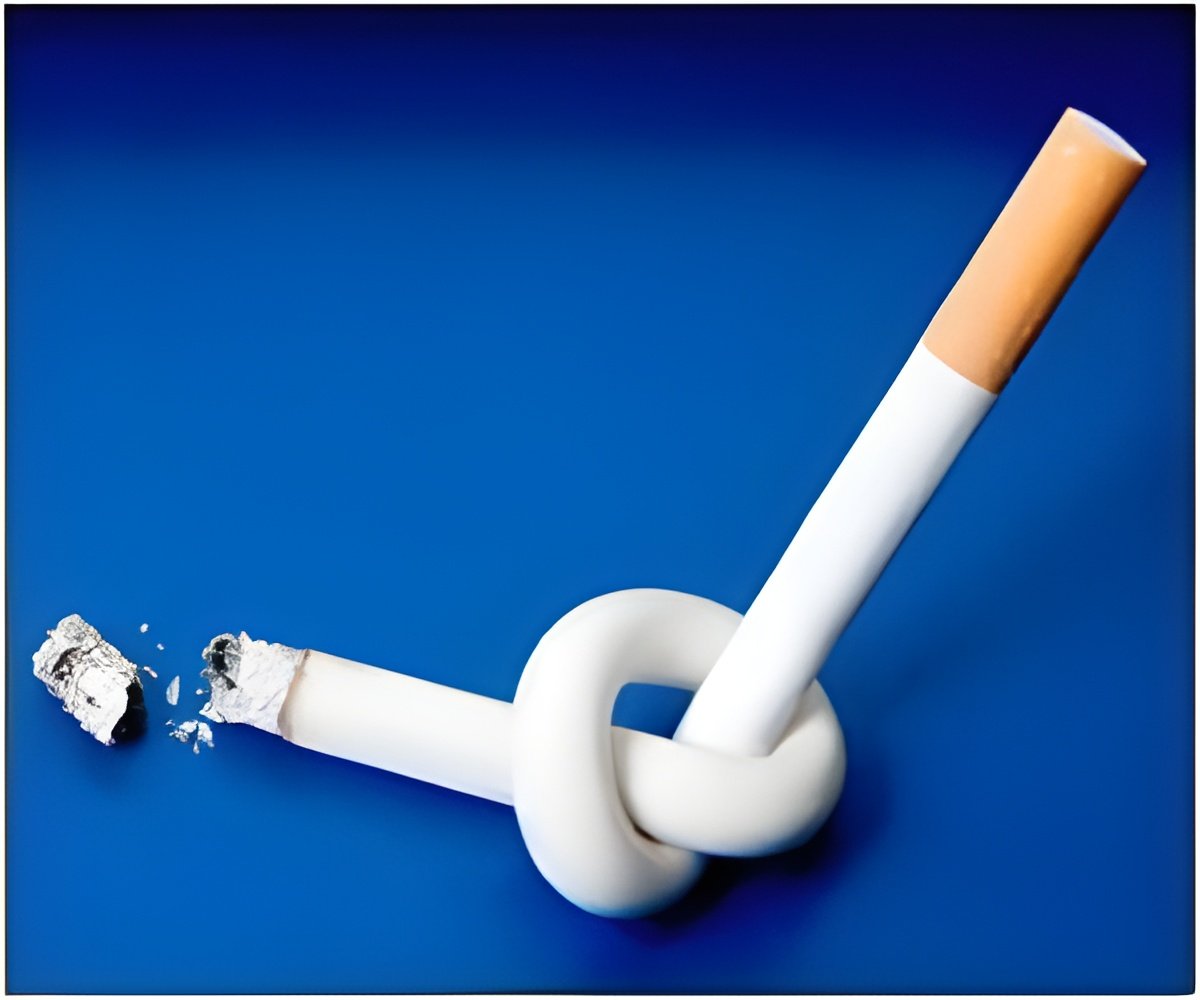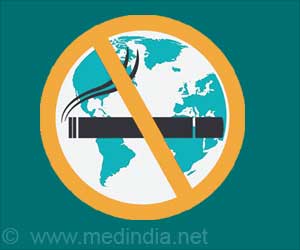Currently, cardiovascular disease is one of the leading causes of death in the country. Tobacco is one of the leading causes for cardiovascular disease.

Blood clots in the arteries can further cause a range of heart problems, which ultimately result in a stroke or sudden death. Smoking hastens atherosclerosis and damages blood vessels. This 'peripheral arterial disease' can impact blood circulation, particularly to the hands and feet, and result in blood clots, gangrene, and eventually amputation.
Cigarette smoke contains many chemicals. Some of them are:
Nicotine: This is an addictive drug affecting brain and muscle activity. It increases the blood pressure, making the heart work harder.
Carbon monoxide: This is a poisonous gas that replaces oxygen in the blood and makes your heart beat faster.
Tar: It is a sticky substance that coats the lungs like soot in a chimney, making it harder for a person to breathe. Tar also contains dozens of cancer-causing chemicals.
Advertisement
Second hand smoking, also known as passive smoking is an equally serious health hazard. Non-smokers living with and around smokers have a 30 percent more risk of acquiring heart disease. Second hand smoke is particularly risky for children and babies as it increases the likelihood of sudden unexplained death in infants, bronchitis, pneumonia, and asthma. There are about 4,800 chemicals in cigarette smoke, 69 of which are known to cause cancer.
Advertisement
How quitting smoking can help?
Within one day
- Heart rate slows down and there is a slight drop in the blood pressure
- Carbon monoxide is out of the blood system
- Oxygen levels in the blood rise
Within two to three months
- Smell and taste improves
- Lungs regain the ability to clean themselves
- Blood flow to the hands and feet improves
Within one year
- Risk of heart attack reduces
Within two to six years
- Risk of developing coronary heart disease returns to a level similar to that of a non-smoker
Tobacco cravings or the urge to smoke can be powerful. However, one must remember that although the urge may be intense, it will probably pass within few minutes whether or not you smoke a cigarette or take a dip of chewing tobacco. Each time you resist this craving, you are one step closer to quitting this deadly habit for good.
Here are some ways in which you can quit this habit:
Source-ANI










